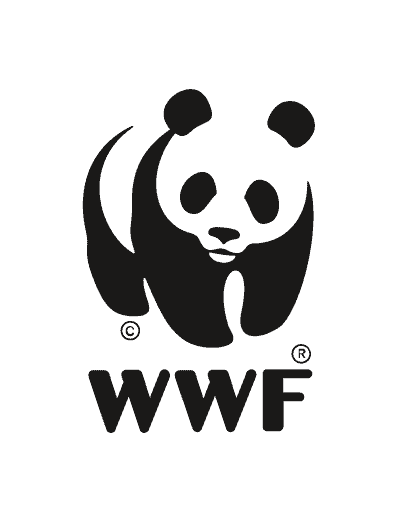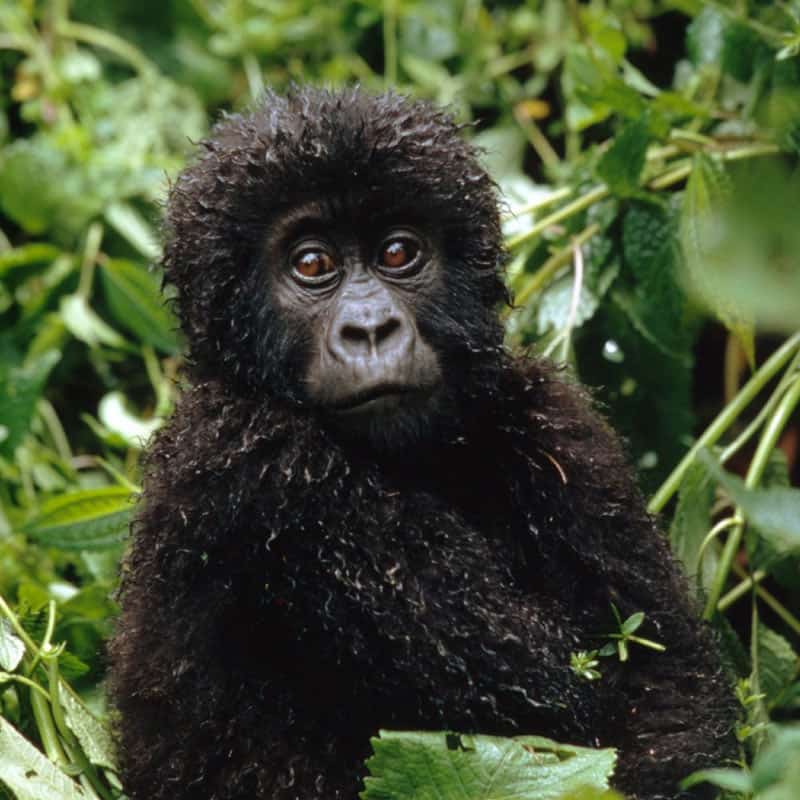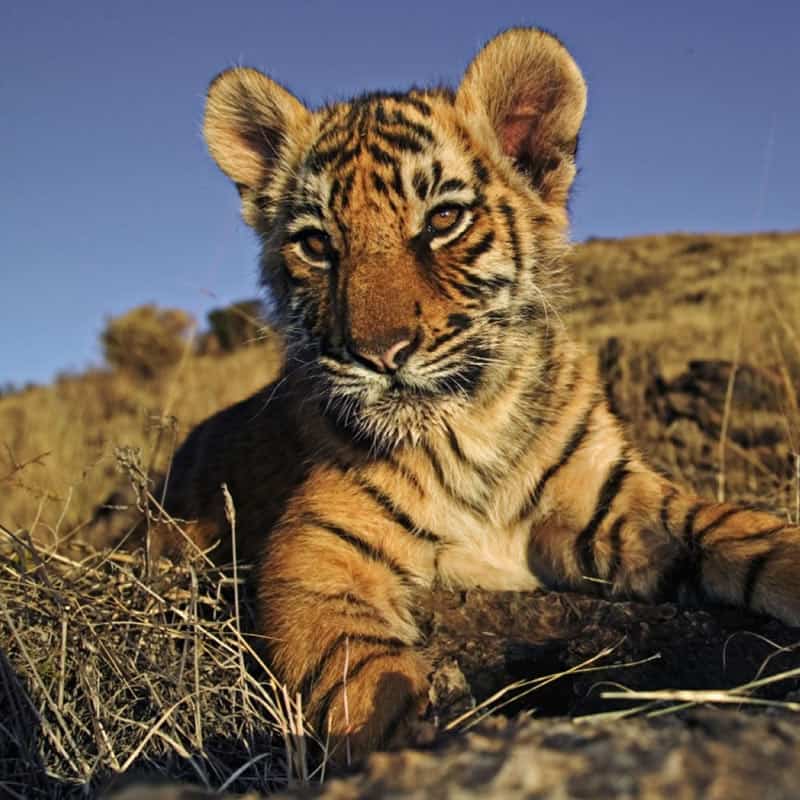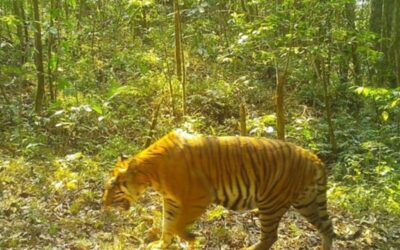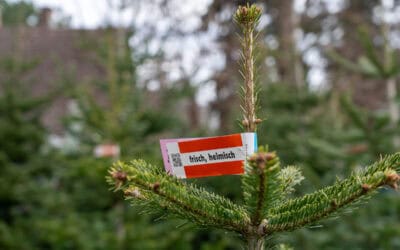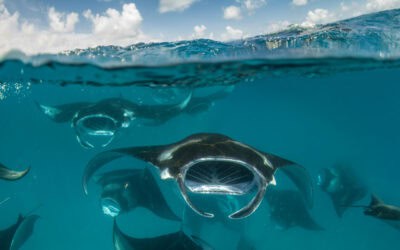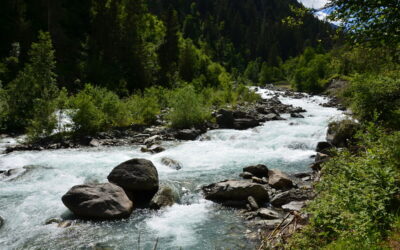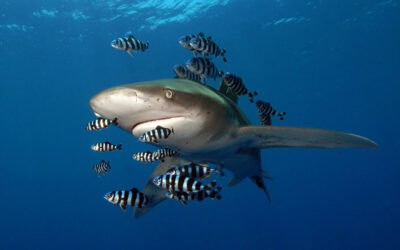In Nagaland gelang nach 5 Jahren erstmals wieder der Nachweis eines Tigers. Ein Erfolg eines Wildtierkameras-Projekts, das bereits über 30 Säugetierarten festgehalten hat.
Neue WWF-Studie zum Wasserverbrauch
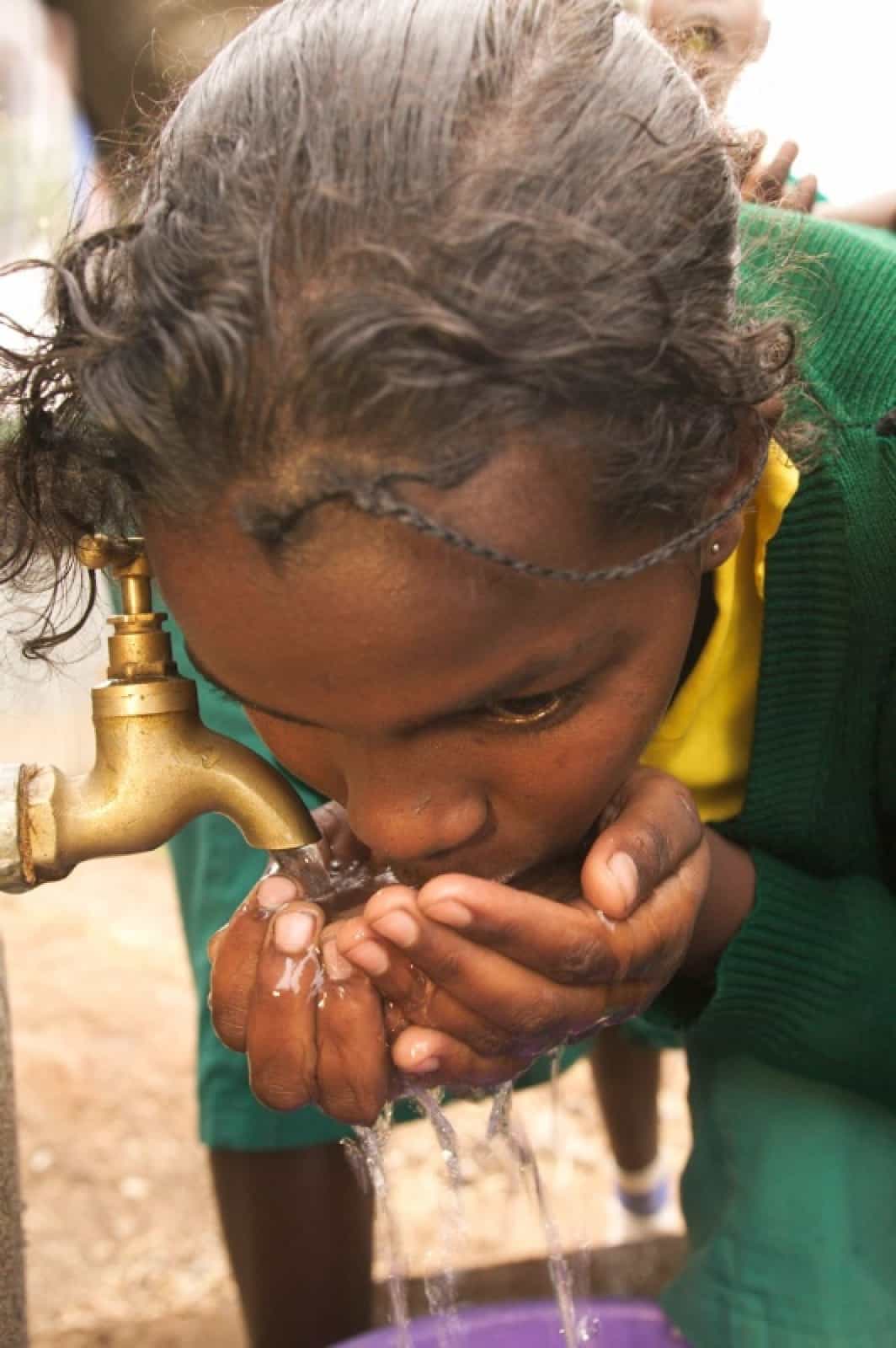
Tripura, Indien, 2. Oktober 2007 – Mit einer optimierten Methode für den Reisanbau können Millarden Liter Wasser gespart werden, und zugleich die Produktion erheblich gesteigert werden. Die Methode wurde bereits in 28 Ländern erfolgreich getestet. Der WWF empfiehlt Indien, China und Indonesien eine teilweise Umstellung bis zum Jahr 2025.
With a focus on India – a country which faces a major water crisis, yet has the world’s largest rice cultivated area – the study found that the system of rice intensification (SRI) method has helped increase yields by over 30 per cent – four to five tonnes per hectare instead of three tonnes per hectare – while using 40 per cent less water than conventional methods.
The system is based on eight principles which are different to conventional rice cultivation. They include developing nutrient-rich and un-flooded nurseries instead of flooded ones; ensuring wider spacing between the seedlings; preferring composts or farmyard manure to synthetic fertilizers; and managing water carefully to avoid that the plants’ roots are not saturated.
The method was initially developed in the 1980s in Madagascar and has been demonstrated to be effective in 28 countries.
“Although the system of rice intensification has shown its advantages, the scale of its use leaves much to be desired,” said Dr Biksham Gujja, Senior Policy Adviser at WWF International. It is time to start large-scale programmes to support a method that could make a lasting global impact with far-reaching benefits to people and nature.”
The report suggests that major rice-producing countries such as India, China and Indonesia should convert at least 25 per cent of their current rice cultivation to the new system by 2025. This would not only massively reduce the use of water but also help ensure food security. In addition, this will reduce significant amount of methane emissions, since SRI fields do not emit methane as it is the case for conventional system.
For example, if the SRI method was applied in 20 million hectares of land under rice cultivation in India, the country could meet its food grain objectives of 220 million tonnes of grain by 2012 instead of 2050.
Authorities in the Indian state of Tripura have already committed to move in that direction.
“Our farmers proved that the system of rice intensification improves productivity and we will convert at least 40 per cent of our rice cultivation using this method over the next five years,” said Manik Sarkar, Chief Minister of Tripura State. “We urge this as a model for rice cultivation elsewhere as it represents one hope for the water crisis affecting so many billions of people.”
Demand for a water-intensive crop such as rice is expected to increase by 38 per cent by 2040, deepening the water crisis during the same time. However, less than 6 per cent of rice is traded internationally and savings in water have potential for mitigating domestic water conflicts, especially in poor, rural areas where water is scarce.
Already 1.2 billion people have no access to adequate water for drinking and hygiene. WWF is focusing on sustainable agriculture efforts for cotton, sugar and rice, some of the most consuming crops for which alternative techniques can result in a strong yield and water savings.
For further information:
Lisa Hadeed, WWF Global Freshwater Programme, t +41 22 364 9030, e lhadeed@wwfint.org.
Brian Thomson, Press Officer, WWF International, t +41 22 364 9562, e bthomson@wwfint.org
Rückfragen
News
Aktuelle Beiträge
WWF: Fünf Tipps für einen umweltfreundlichen Weihnachtsbaum
Österreicher:innen greifen zu echten Weihnachtsbäumen – WWF zeigt, worauf es bei einem nachhaltigen Christbaum ankommt
WWF: Verordnung zur Biber-Tötung in Oberösterreich Rückschritt für Arten- und Naturschutz
Bis zu 158 Biber pro Saison in Oberösterreich zur Tötung freigegeben – Vorgehen der Landesregierung widerspricht EU-Recht
WWF: Anti-Umwelt-Paket der EU ist gefährlicher Irrweg
Naturschutzorganisation kritisiert Brechstangen-Politik gegen wichtige Standards – EU-Kommission handelt fahrlässig und verantwortungslos
Good News: CITES stärkt Schutz für Meerestiere und Großkatzen
Ein Etappensieg für Meerestiere und Großkatzen: Bei der CITES-Konferenz wurde beschlossen, dass viele Arten endlich besser geschützt werden. Doch es gab auch Enttäuschungen, etwa beim Schutz von Aalen und Singvögeln.
WWF: EU-Kommission gefährdet Wasser-Schutz
Umweltorganisation warnt vor angekündigtem Öffnen der Wasserrahmenrichtlinie auf Druck der Bergbau-Industrie – Schwächere Standards auf Kosten der Biodiversität und der Gesundheit drohen
WWF: Artenschutzkonferenz erzielt Etappensieg für Meerestiere und Großkatzen
WWF zieht nach CITES-Konferenz in Usbekistan positive Bilanz für den Schutz von Haien, Rochen und asiatischen Großkatzen – Nachholbedarf bei Aalen und Singvögeln
Weltbodentag: WWF fordert starkes Bodenschutzgesetz
Naturschutzorganisation fordert politische Maßnahmen gegen Bodenversiegelung – Österreich geht zu verschwenderisch mit wertvollen Böden um – Hohe Folgekosten für Gesamtgesellschaft
Salzburg: WWF kritisiert geplante Nachtbejagung von geschützten Arten
Naturschutzorganisation warnt vor Verstoß gegen EU-Recht – Landesregierung will Nachtjagd ausweiten und Einsatz von Nachtsichtgeräten sogar gegen geschützte Tiere wie den Biber ermöglichen

